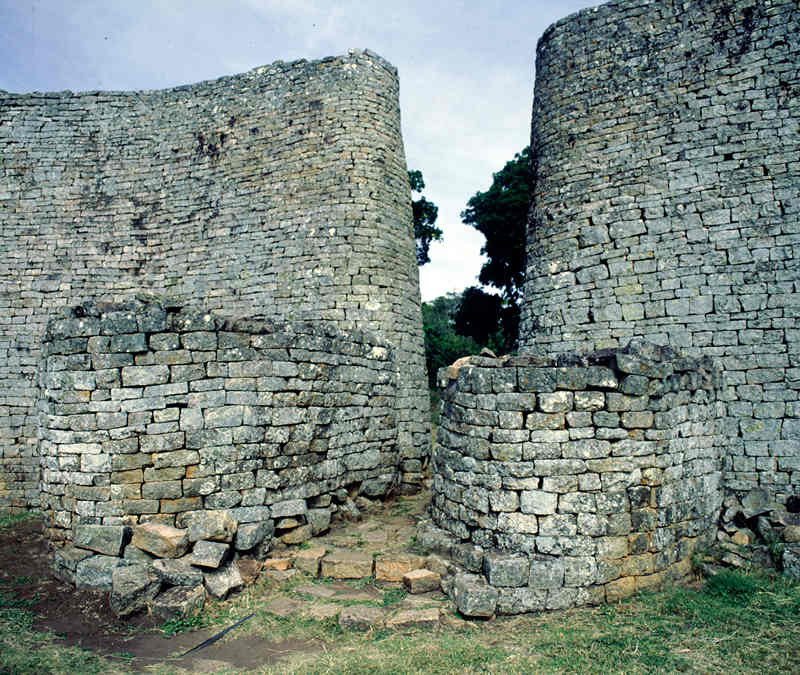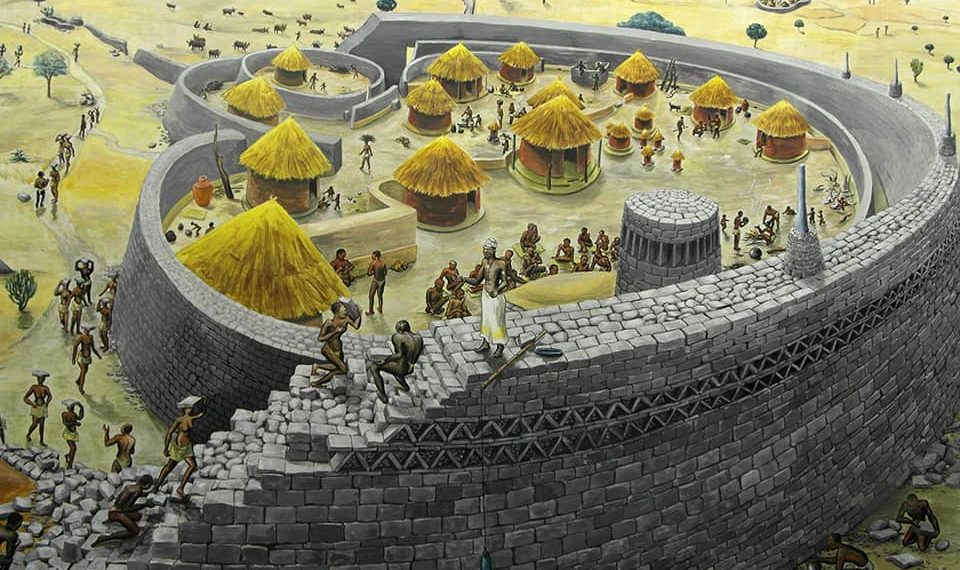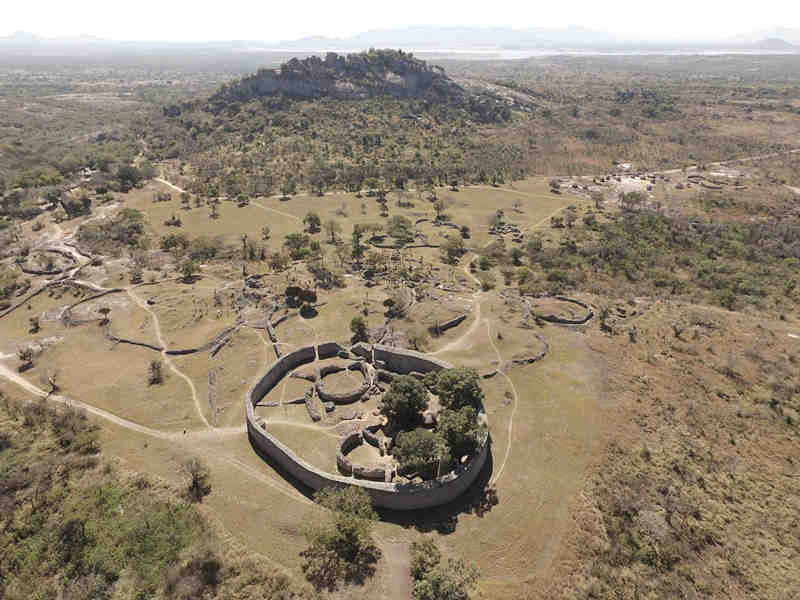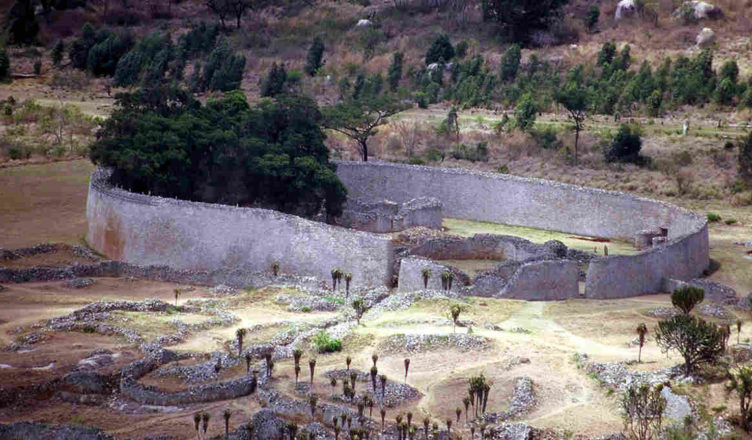Scholars from Britain and France believe that poor and backward Africans cannot build such high-level Zimbabwe ruins. The builders should be ancient Phoenicians or Arabs before Islam.
“The aliens came to Earth in a spaceship in ancient times. They brought superb science and technology, led the ancients to create brilliant civilizations, and left a lot of heritage on the earth. However, at that time, the level of knowledge and civilization of the people of the earth was too far away from the aliens, so after the aliens left, these brilliant civilizations could not be sustained.” Such a statement is not unfamiliar to us, and can also explain to some extent why various civilizations on earth always appear in a magnificent posture, but have declined to an end. The great Zimbabwean stone kingdom, famous for its stone architecture in ancient Africa, is a case in point.

In 1868, a local hunter named Adam Render unintentionally found these ruins, which attracted the attention of archaeologists in various European countries. Since then, there have been several debates in the academic community about the megalithic civilization of Zimbabwe. Zimbabwe, which built a huge and majestic building, is undoubtedly a wealthy and highly cultural kingdom, but why did it eventually turn into stone ruins? Therefore, on the other hand, many historians and ethnologists also began to look for clues and tried to decipher the mystery of the ancient Kingdom of Zimbabwe.
The republic of Zimbabwe (formerly Rhodesia) in southern Africa is a new country that became independent in 1980. According to the local language “Zimbabwe” means “house of stones”. The name of the country comes from the huge stone monuments that the country has, but who built them has long been debated. The ruins of Zimbabwe consist of three parts. The building complex known as “Akropolis” is located on a granite of 1,200 meters high, connected between huge natural stones by stone walls or terraces. “Temple” is located on the ground, is 100 meters long diameter, short diameter 80 meters oval buildings, with external walls, internal walls, conic tower. Situated between these two buildings are the “remains of the valley,” the intricate remains of stone walls or homes. The architectural techniques of the Zimbabwe ruins are excellent, especially the temple walls, which are 9 metres high and 240 metres long, without the use of stucco, cleverly stacked with granite bricks, weighing a total of 15,000 tonnes. But the high level of construction technology is also the reason for the debate over who Zimbabwe’s builders are.

In 1871, Karl Mauch, who was looking for the legendary country of Ophir in the Old Testament, heard from a local hunter that there was a huge ruin that black people couldn’t build. Karl Mauch wondered if Ophir would be there, so he started an investigation. Except for the entrance, the right angle of the Zimbabwean ruins is not curved, and the walls are not straight, but have straight slopes. However, this seems to be a continuation of the African tradition of grass and weeds residential style. Around the temple,Karl Mauch found elaborate or everyday objects unique to Africa, and he concluded that this was Ophir.

However, the academic circles at that time, especially the British and French scholars, generally despised black people because of their world view of Africa as an undeveloped land. Many people believed that poor and backward Africans could not build such a high standard of relics. They believe that the builders should be ancient Phoenicians, or pre-Islamic Arabs and other Oriental.
By 1958, rhodesian curators, based on radiocarbon dating, had concluded that the ruins had been built by the Shona and Rozwi people, who had inherited Portuguese or Arab civilization between the 11th and 18th centuries. In the 6th and 7th centuries, people who knew how to use iron began to live in Zimbabwe. In the 11th and 12th centuries,Shona moved here and built the Kingdom of Monomotapa, a stone building. In 1405,Rozwi built a great empire here and prospered for three centuries.








